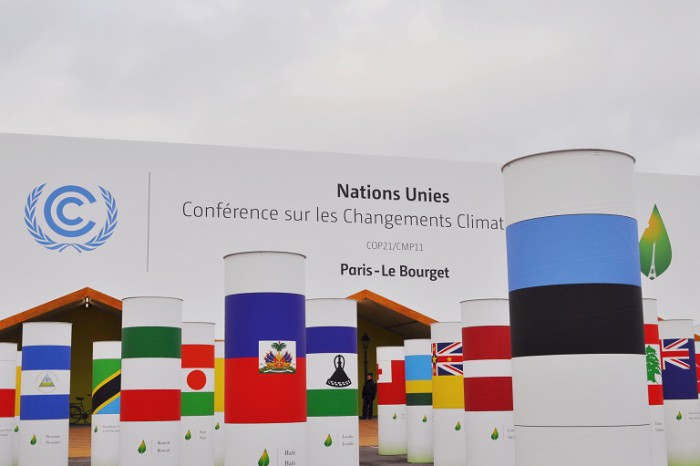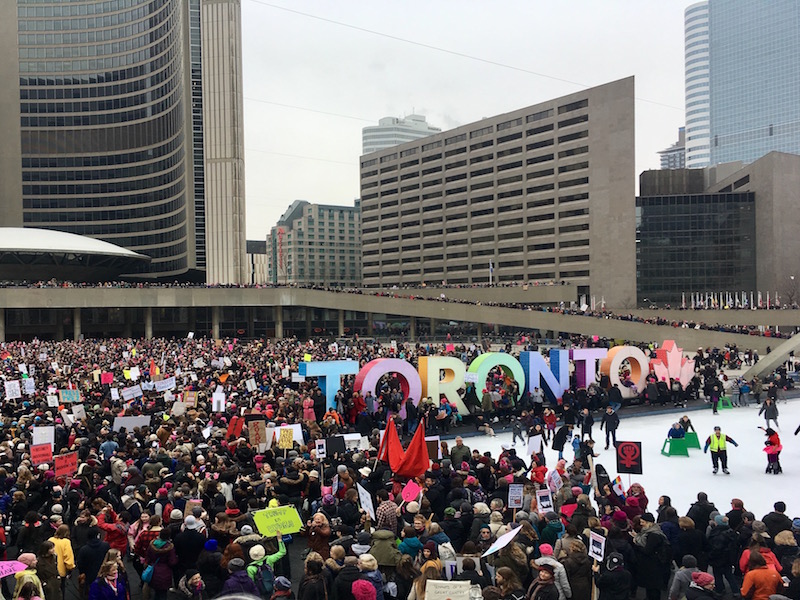Climate change is expected to force millions of people from their homes, leading to a refugee crisis of unprecedented scope. In the second part of our interview, I asked Dr. Tomescu about the effect of climate change and displacement on human security. We discussed the legal implications of environmentally induced migration, and the impact predicted migration trends will have on security.
GZ: It is claimed that by 2050 almost 200 million people will become “climate change refugees.” What effect will climate change have on patterns of displacement and migration?
OTH: Climate change is expected to increase the displacement of people. Displacement risk increases when populations that lack the necessary resources experience higher exposure to extreme weather events. Climate-related floods and droughts are the most immediate threats as rising sea levels are already forcing people from their homes and parched fields are helping to trigger wars that are now tearing apart the Middle East. Asian countries are also at risk. If we take the example of Bangladesh, the country’s average elevation is just 10 metres above sea level. According to recent analyses, rising sea levels will inundate 17% of Bangladeshi territory by 2050 and displace 18 million people, more than 10% of its current population of 160 million.
Nevertheless, as an academic, I think it is misleading to refer to climate migrants as “climate change refugees.” There is no direct link between climate change and populations’ displacement as there is no deterministic connection between climate change and security.
There are many other factors that may force people to leave their homes: bad governance, corruption, lack of freedom. Climate change may harden domestic conditions, but we can’t affirm that it is the primary factor of migration, so the notion of “climate refugee” has no legal ground.
GZ: As you noted, from a legal perspective the concept of “climate refugee” does not formally exist. Further, climate and environmental issues do not fall within the definition of refugee in the 1951 Refugee Convention. How should the issue of climate refugees be approached from a legal perspective?
OTH: The notion of “climate refugee” has no legal ground. The links between climate change and populations’ displacement are real but there are still a number of remaining questions as to whether people are forced to leave their homes because of climate conditions or because of other economic, social and political factors. So again, climate change could be one of the ingredients of displacement but it is still very difficult to prove that it represents the main trigger of displacement.
We need deeper work at the conceptual level in order to pursue adequate policies that will provide efficient answers to the question of “environmentally induced migration.
Several research partnerships already exist between governments and international organizations, particularly the International Organization for Migration (IOM) and the World Bank.
The Swiss and Norwegian governments launched the Nansen Initiative in 2012. This intergovernmental process has tried over the past three-year period to better understand the displacement of populations in the context of disasters and the effects of climate change, and to identify practices and existing experiences in the countries concerned. Various consultations have been organized with states and civil society. The results of this consultative process were compiled in the Nansen Initiative’s 2015 “Agenda for the Protection of Cross-Border Displaced Persons in the Context of Disasters and Climate Change” (Protection Agenda). The Protection Agenda was endorsed by 109 governmental delegations during a global intergovernmental consultation between October 12 to 13, 2015 in Geneva. Finally, the Paris Agreement offers the adequate framework to pursue in a logic of cooperation, including with expert bodies outside the Convention, to “develop recommendations for integrated approaches to avert, minimize and address displacement related to the adverse impacts of climate change.”

GZ: What kind of threat does environmentally induced migration pose to international security?
OTH: In terms of regional and international security, environmentally induced migration represents a serious threat and the linkages between climate change migration and security point to different scenarios. First, unfortunately, population tends to increase in the very regions where the risks of climate change are most likely to undermine livelihoods and trigger migration, leading to political instability and violence in vulnerable regions. Second, as many scholars have already noted (Homer-Dixon 1991, Kaplan 1994) in many regions a given population could be dependent upon a set of resources for livelihoods and economic wellbeing. Therefore, environmentally exacerbated conflicts may emerge from conditions of scarcity, and may stimulate migration outcomes that reinforce conditions of instability in neighbouring regions and countries. Jordan, for example, one of the most water stressed countries in the world, has recently accepted more than 600, 000 Syrian refugees. Many of them are living in urban areas or refugee camps, but tensions over water, food, access to basic needs such as education and health care, and the rise of unemployment rates are increasing tensions between the host population and the newcomers. In the long term, we may expect more instability and possibly internal fighting over resources as Jordan is not yet prepared to receive such a high number of refugees.
Another example of national and international risk is the perspective of the complete loss of territory of certain small island states. The disappearing states, or “sinking islands,” may unfortunately become a reality, the Pacific islands in particular.
We are, therefore, discussing here on one hand the legal status of the displaced people of a sinking island, and on the other hand the legal identity of certain states, which by definition are going to lose one of the most important of their attributes: their territory.
GZ: How can the international community effectively mitigate these potential risks?
OTH: The Paris Agreement is a good start. The text offers a good balance.
It is universal, ambitious, fair and legally binding, establishes the target of limiting the increase in temperatures to well below 2°C and pursuing efforts to limit it to 1.5°C.
Much more, the agreement sets an overall objective for adaptation, and affirms the need to rebalance finance, especially public funds. The issue of loss and damage is formally recognised with the creation of an appropriate cooperation framework including in the decision people displaced by the effects of climate change.
Of course, for those in immediate danger of the effects of climate change what matters most is bottom-up practical solutions that will help build local resilience to climate-related risks.
That means for the international community (governments, IGOs, NGOs and the business community) an integrated agenda of global initiatives that will improve local resilience to climate fragility risks: a coherent work of various communities including development and aid agencies, foreign affairs and defence communities.
Again, the G7 report underlines these kinds of synergies between international, regional and local actors and how global action can produce concrete local results.
This is part of a four-part interview series with international security expert Dr. Odette Tomescu-Hatto, in conversation with Genevieve Zingg on climate change, COP21, and the Paris Agreement.




